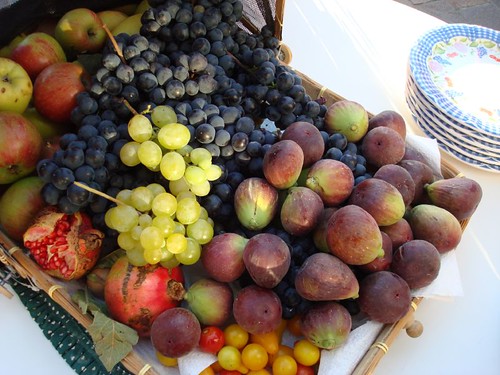 We were introduced to the Jasmine by our bartender (Tara? I can't read my notes from that night.) at The Gibson in Washington, DC last week.
We were introduced to the Jasmine by our bartender (Tara? I can't read my notes from that night.) at The Gibson in Washington, DC last week. It's a refeshing, not-too-ginny drink. Some versions use more Campari and Cointreau (up to 1/2 ounce of each). If you're not familiar with Campari's bitterness, start at the lower end of the scale. Depending on how sweet your lemons are, you may want to add a little simple syrup to your drink. Give it two sips before you add sweetness though, you might find that your palate adjusts to the puckeriness.
BTW, The Gibson was a lovely experience. It's a "speakeasy": no signage, reservations strongly recommended, dim lighting and a fun selection of music to drink to. I suggest you try to visit if you're in the DC area. Note: They do not serve any food at this time, so don't think you'll be able to grab a munchie or two there. Fortunately, it's just off U Street, so you can hit Ben's Chili Bowl, Dukem, Next Door, or any of the many eating establishments nearby (do NOT go to the exceptionally frightening McDonald's on the corner of U and 14th - scary, and I have a pretty high threshhold for scary eating spots).
The Jasmine Cocktail
Combine in an iced cocktail shaker:
- 1 1/2 ounces gin
- 3/4 ounce lemon juice
- 1/4 ounce Cointreau
- 1/4 ounce Campari
























